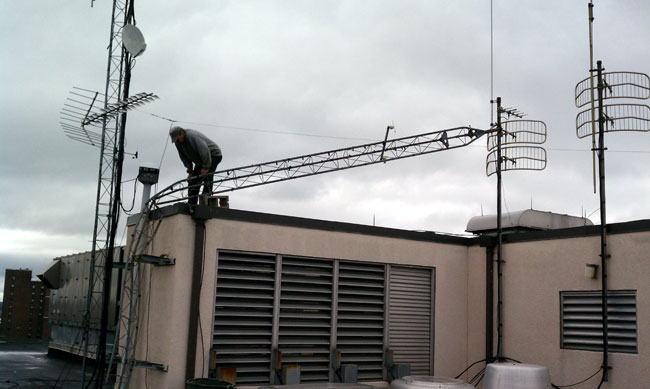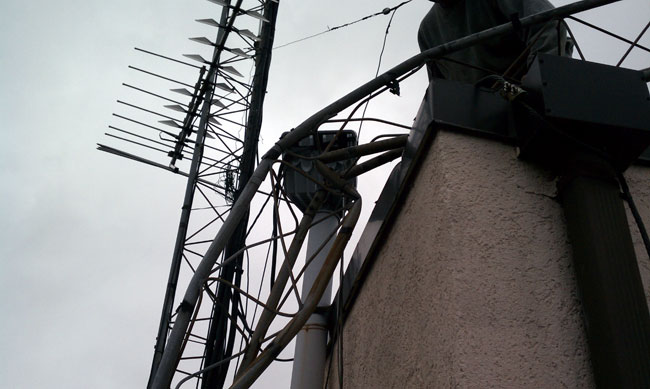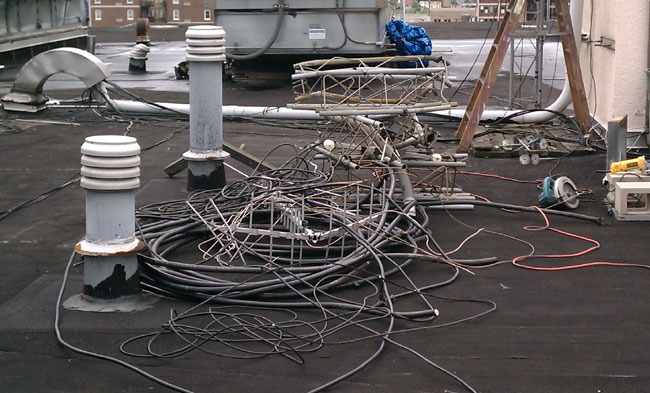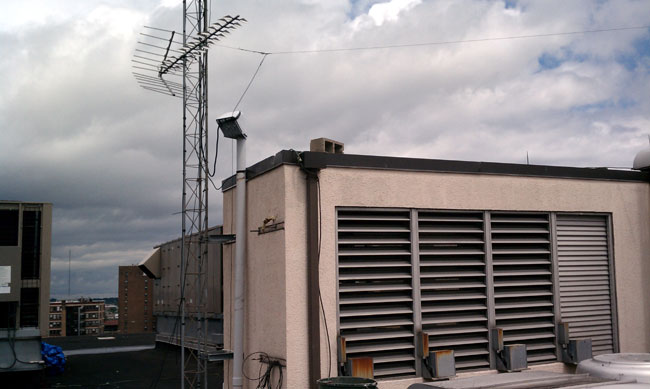Happy birthday to us! I was looking through the past posts of this blog and found much of it still relevant today. There were some older video posts where the videos are no longer available on youtube, those were deleted.
I continue to look for subjects to blog about while keeping the subject matter pertinent to broadcast engineering or some aspect of radio in general. With so many things going on, this can be hard to do.
Here are a few stats:
- Average daily page views: 400
- Average unique visitors, daily: 240
- Average returning visitors, daily: 37
- RSS subscribers: 73
- Total posts: 323
- Total comments: 911
- Total $pam comments: 52,403
- The average number of comments per post: 2.8
- The average number of $pam comments per post: 162
This brings me to this; I use an aggressive $pam filter. There is no way that I would be able to keep up with the number of junk comments received otherwise. If you have posted a legitimate comment and it doesn’t show up after a period of time, e-mail me and I’ll look into it. Chances are very good that some legitimate comments have been deleted by the $pam filter, for which I apologize.
Many of my unique visitors come from Google searches which is strange considering its page rank is 0/10.
I continue to enjoy blogging about the everyday life of a broadcast engineer and thank all of my readers and subscribers for their interest. It is entertaining and enlightening to read all of your comments and e-mails. For as long as there is interest, the writing project will proceed.




